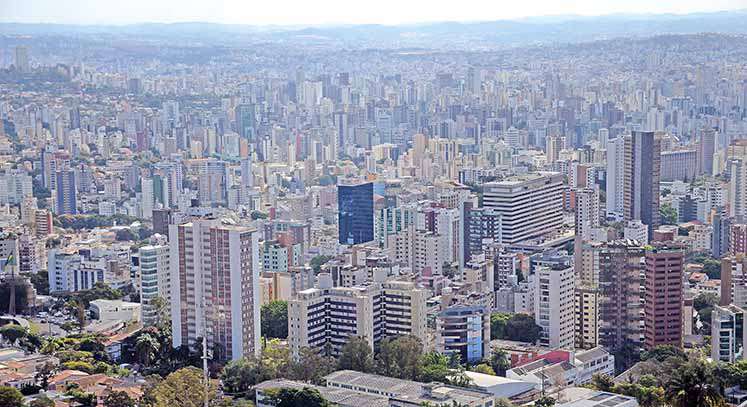
Uploaded on 2020-07-06 by Thadeu Ribeiro Abreu Neves/ Photo: Image isn't mine. Unknown Autor
The Image was not taken by me. The UHI effect identified in Belo Horizonte are: - Here it's a capital, so has high density buildings in a small area - Idustrial Pollution, with emmision of gasses in Belo Horizonte and RMBH, which is urban is hotter than the nearest rural area. - Reduced Vegetation along the city, just in specifics areas - Increased numbers of CO2 emmiting vehicles, because the public transport is not very efficient João Monlevade is a suburban area and has more open spaces, more trees, low rise and scattered houses and less number of vehicles. To reduce UHI effect, I would propose: - Compulsory provision of an open space between the buildings and neighborhood with alternatives energy sources. - Vegetation in more areas of the buildings, like vertical vegetation on building surfaces and terrace. - Promoting walkability and use of public transport, that helps with the decrease emissions of polluting gases. There are no such policies perticularly designed to reduce the UHI effect because already is a consolidated and densified area. But policies for increasing vegetation or improve safety, to promove more walkability, and public transportation, that can work in favor of reducing UHI effect.